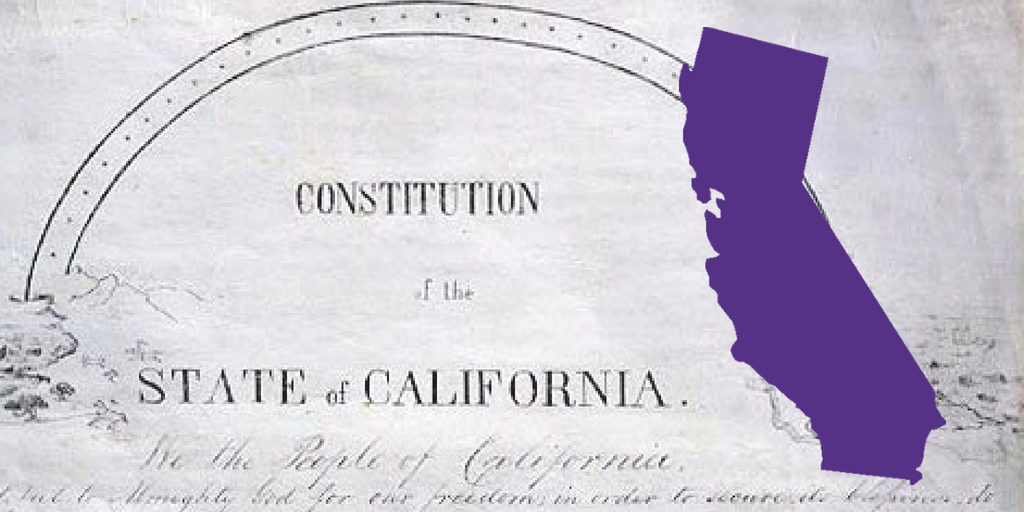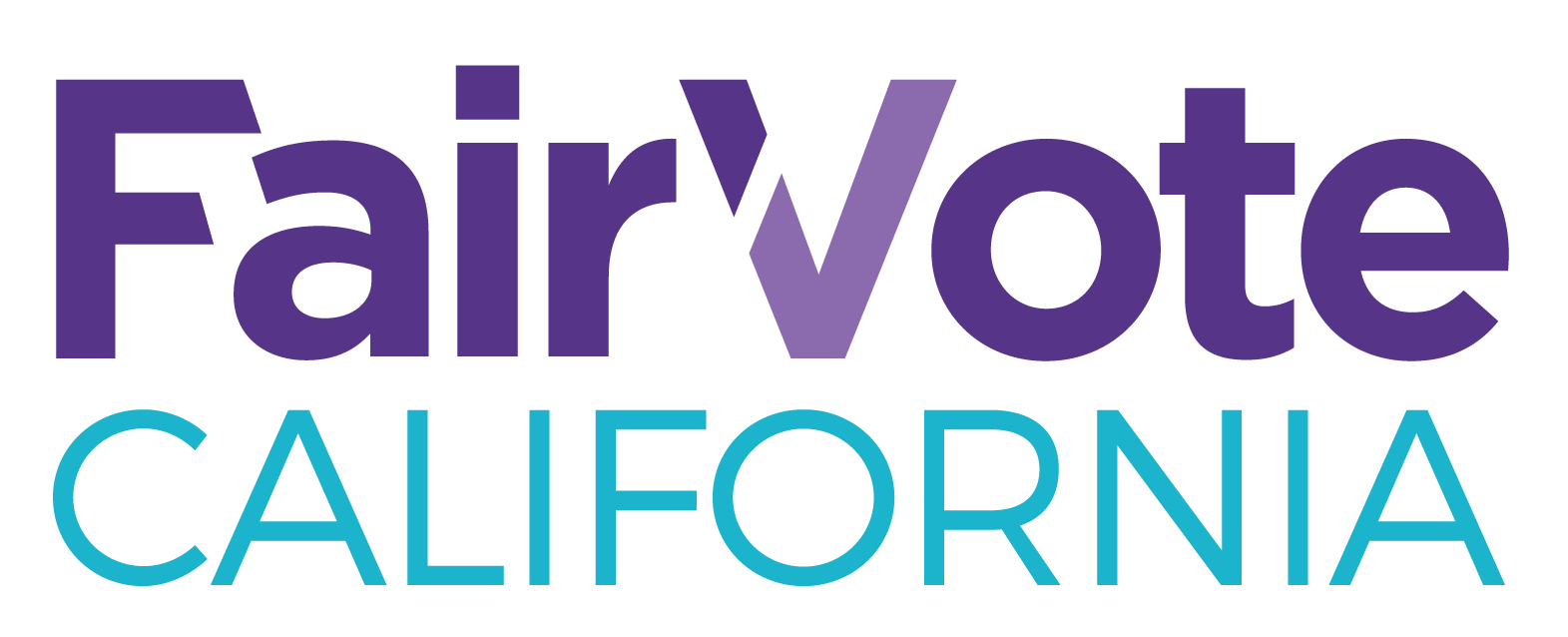
By Pedro Hernandez and Alex Ault
California is diverse, but it’s local elected officials aren’t. No race or ethnic group constitutes a majority of the state’s population. Though they account for 34 percent of the state’s adult population, Latinos comprise just 18 percent of the statewide total of elected city officials in California. Other minority groups, like Asian American/Pacific Islander communities, are underrepresented to an even greater extent.
At the time of its passage, the California Voting Rights Act (CVRA) was groundbreaking legislation. The CVRA expands on voting rights granted under the federal Voting Rights Act by, among other things, lessening the burden for communities to challenge at-large elections systems that dilute their ability to elect a candidate of their choice.
Most California cities elect their city councils by holding city-wide, winner-take-all elections in which voters vote for as many candidates as there are seats. This allows a majority of the electorate to control all the seats of an elected body. This election format is also known as “block voting,” and has been used by those in power to dilute the influence of voters from underrepresented groups. These groups constitute a significant number of voters and yet are still denied from electing a council member of their choice to any single seat. The CVRA has combatted this dilution, and since the CVRA was made law, nearly one hundred California cities have adopted more representative systems. Cities most commonly scrap at-large elections and implement districts to comply with the CVRA.
Not everyone is embracing the CVRA’s impact on California cities though. Don Higginson, the former mayor of the California city of Poway, is challenging the constitutionality of the CVRA in a recent lawsuit, Higginson v. Becerra. The trial court rejected this suit on procedural grounds in May, ruling that Higginson lacked standing to challenge the law. Higginson has appealed the dismissal and it is now up to the Ninth Circuit Court of Appeals to decide if the case can proceed.
The lawsuit argues that the CVRA requires local governments to “abandon at-large voting systems if racially polarized voting exists—regardless of whether the minority group is sufficiently large and geographically compact to constitute a majority in a single-member district.” This requirement, according to Higginson’s complaint, “flagrantly violates the Fourteenth Amendment” by instituting a “race-based sorting of voters.” Under the equal protection clause of the Fourteenth Amendment, a state law that burdens a fundamental right or classified based on race would be strictly scrutinized by the courts. The right to vote is a fundamental right for equal protection purposes.
However, the CVRA doesn’t mandate that districts be drawn using primarily racial criteria, as the Higginson suit alleges. California law forbids the subordination of traditional districting principles, such as the cohesiveness, geography, topography, and compactness of a proposed district, to racial considerations. It is perfectly plausible that Poway could map out districts that work to solve minority vote dilution while looking first to honor traditional districting best practices.
In fact, the CVRA doesn’t force the drawing of districts at all. Nothing in the CVRA compels local governments to abandon at-large elections, nor does it force cities to adopt districts drawn on the basis of race alone as a remedy. There are many different types of at-large elections. The at-large elections that the CVRA seeks to remedy are those that dilute the voting power of minority groups in places that have racially polarized voting patterns. These type of elections generally feature block voting, but at-large systems are not required to feature block voting. At-large systems that provide proportional representation, such as those with cumulative voting or ranked choice voting (RCV), can remedy vote dilution by ensuring that more votes contribute to the result of an election and that the elected body proportionally reflects the makeup of the community that votes for it.
Federal law has long viewed implementing districts as just one possible remedy to vote dilution. Federal courts have allowed the use of many different proportional at-large voting methods as a remedy for federal Voting Rights Act violations, and cumulative voting in particular has been used as a remedy in Voting Rights Act cases from Alabama to New York. The Supreme Court has frequently noted as much, with Justice Clarence Thomas observing that “nothing in our present understanding of the Voting Rights Act places a principled limit on the authority of federal courts that would prevent them from instituting a system of cumulative voting as a remedy under Section 2 (of the Voting Rights Act), or even from establishing a more elaborate mechanism for securing proportional representation based on transferable votes.”
A city such as Poway is afforded a whole range of remedies to fix vote dilution under the CVRA when it confronts racial polarization. The city could modify their election system by simply adopting an alternative voting system, or they could switch from a city-wide, winner-take-all system to individual districts that each elect one council member. While many cities in California have opted to switch to districts in order to uphold the voting rights of all members of their communities, other options are available to Poway. These options include fair voting methods, like RCV, also known as single-transferable vote (STV) that allow groups within the electorate have the power to elect in proportion to their share of the electorate.
In his request for an injunction, Higginson wrote that, “In 2016, there were 415 California cities using at-large voting. Absent an injunction, then, voters in all of those localities remain at risk”, because he claims they would be denied the ability to vote for all of a city’s representatives. An at-large proportional representation system, such as city-wide RCV, would not only allow every voter in Poway the ability to vote for every member of the city council, it would allow for Latino voters in Poway to have greater say in who represents them. Poway and 415 other California cities have various options available to them under the CVRA, and implementing a system like RCV is a viable alternative.
The CVRA is a constitutional and incredibly valuable tool in the fight for fair representation. Bringing a claim under the CVRA remains the best way to to bridge California’s representation gap, while still allowing California cities a myriad of options in ensuring the votes and voices of all citizens in their community are heard.

Showing 1 reaction
Sign in with
Facebook Twitter